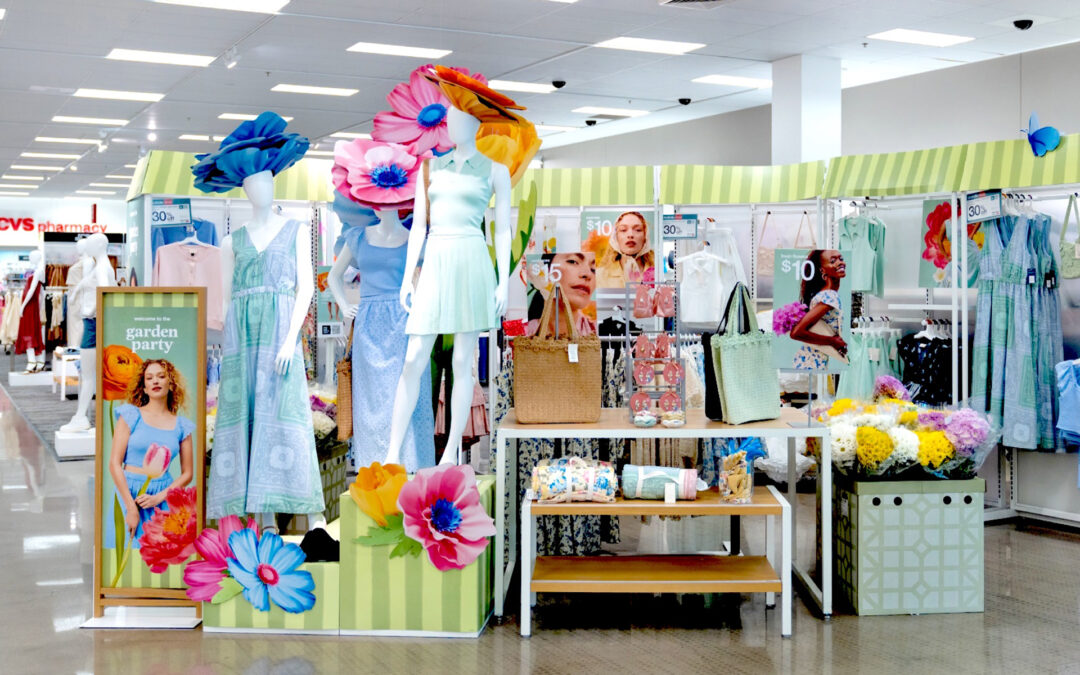The National Retail Federation has forecast that retail sales will advance between 2.5% and 3.5% in 2024 to between $5.23 trillion and $5.28 trillion.
In 2023, retail sales grew 3.6% to $5.1 trillion, NRF noted, consistent with the 3.6% average annual growth in sales growth in the ten years prior to the COVID-19 pandemic.
NRF expects in-store and online sales, which are included in the total figure, to grow between 7% and 9% year over year to a range of $1.47 trillion to $1.5 trillion, up from 2023 non-store and online sales of $1.38 trillion.
NRF projects that the United States gross domestic product will grow by about 2.3% year over year during 2024, down slightly from 2.5% in the year earlier but strong enough to sustain job growth. NRF anticipates inflation softening to 2.2% on a year-over-year basis due to a cooling economy, the labor and product markets coming into better balance and moderating housing costs.
A tight labor market, generating robust job growth and wage gains, has fueled consumer spending, although NRF anticipates that cooling in 2024. With the pace of the economy slowing in the current calendar year, NRF expects the 2024 unemployment rate to average 4%.
“The resiliency of consumers continues to power the American economy, and we are confident there will be moderate but steady growth through the end of the year,” NRF president and CEO Matthew Shay said. “Successful retailers offer consumers products and services when, where and how they want to shop with prices they want to pay.”
NRF chief economist Jack Kleinhenz added, “The economy is primarily supported by consumers who have shown much greater resilience than expected, and it’s hard to be bearish on the consumer. The question for 2024 ultimately is, will consumer spending maintain its resilience?”
Kleinhenz observed that consumer balance sheets and debt servicing levels remain in good condition. Rising home and stock prices in 2023 likely stimulated greater consumer spending due to the so-called wealth effect and that should continue in 2024. Several surveys indicate that consumers appear to have a favorable financial outlook, which should also support their willingness to spend, he pointed out. On the other side of the coin, many consumers are feeling a pinch from tighter credit and inflation.





